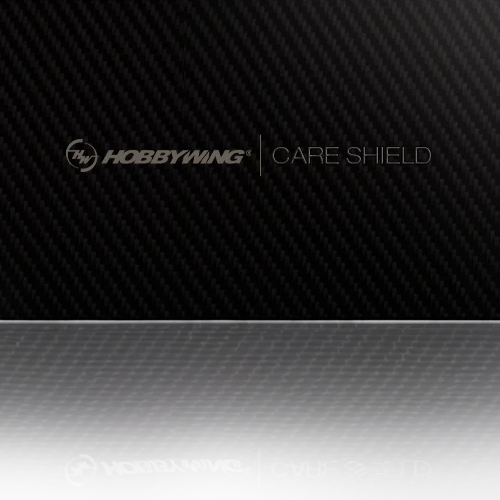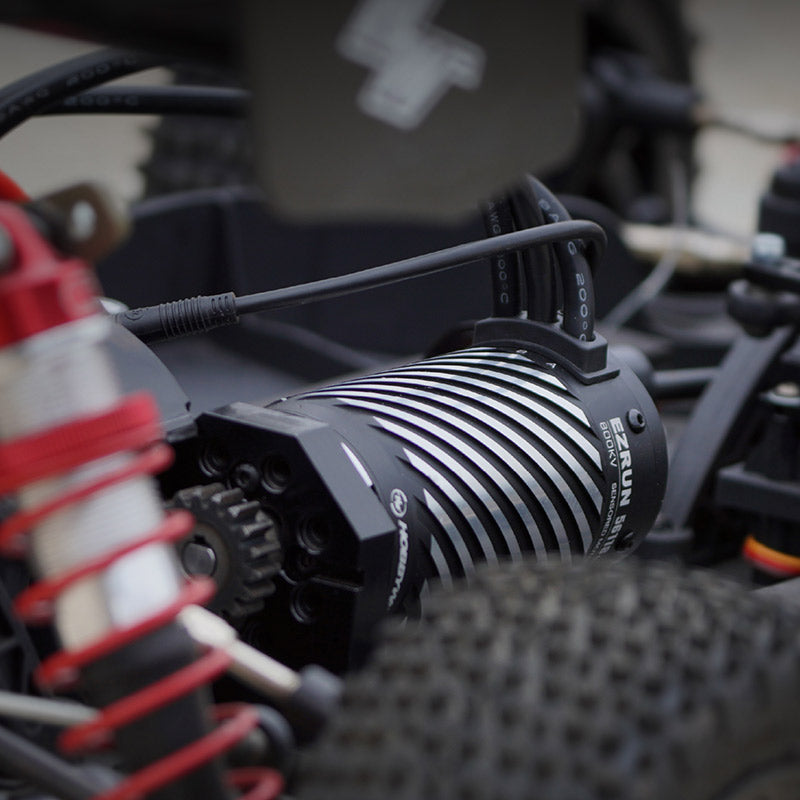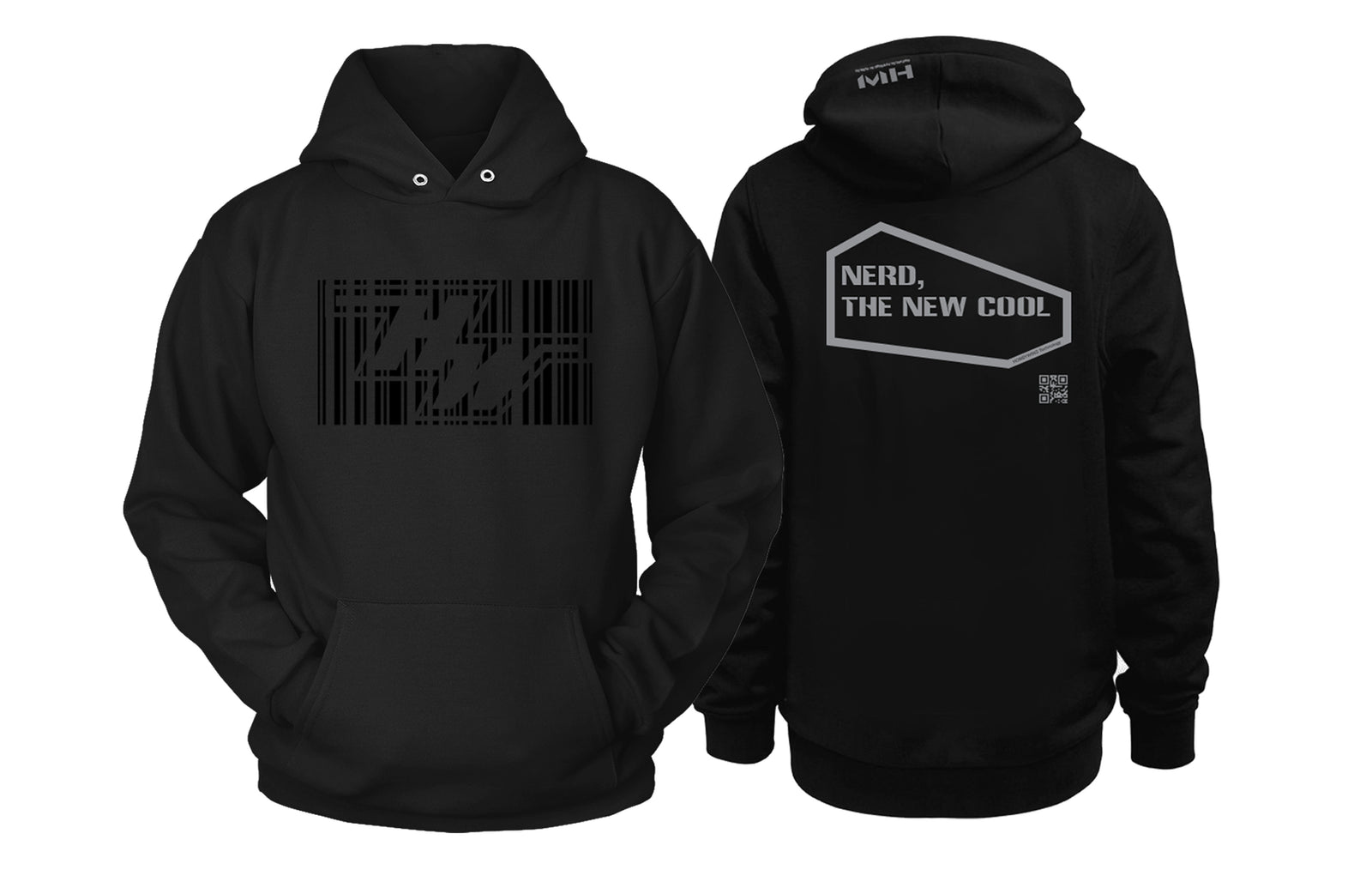PUNCH RATE MODE
Can someone explain to me about punch on the v3.1 and how it works and why. I don't understand it or how to use it 17.5 motor . and what it does. .? Thanks
Some of this info is directly from the manual but I will try to add some additional details:
Punch Rate Control: This group of settings is used to define the starting mode of the ESC. There are a number of the sub-options for this setting. The software has the option to include a dual stage punch rate, which is
helpful in allowing a different punch setting for different areas of the forward throttle.
Note: Please note that if you use a high punch setting, you must use good quality battery packs with powerful discharge
ability. Otherwise these modes cannot get the burst start effect as you want. If the motor cannot run smoothly (the motor
is trembling), it may caused by a weak discharge ability of the battery pack.
2A – Punch Rate Switch Point: This setting defines the point in the forward throttle position at which the punch rate changes.
Options: 1-99%, in steps of 1%.
2B – 1st Stage Punch Rate: This is the level of punch used in the first stage of the punch range, before the switch point.
Setting 1 is least punch, with 30 being the most.
Options: 1 – 30, with steps of 1.
2C – 2nd Stage Punch Rate: This is the level of punch used in the second stage of the punch range, after the switch
point. Setting 1 is least punch, with 30 being the most.
Options: 1 – 30, with steps of 1.
My Summary:
The punch is basically what others call a current limiter. It limits the amount of initial power that is allowed to go to the motor. Most ESC have this as just a single general setting. Hobbywing gives us much more control over this setting that the competition.
The punch rate switch point is basically the percent of throttle that it uses 1st punch rate setting vs. 2nd punch rate setting. If you leave this setting at 1% then you really only need to adjust the 2nd punch rate setting. The adjustment to the 1st punch rate would not be felt in only the first 1% of throttle being used.
Application:
For 17.5 Racing applications, since the motor is pretty mild on bottom end power, you would usually run the Switch Point at 1% and just adjust the second punch rate setting. On a high traction surface I would run this all the way up at 30 on 1st and 2nd punch rates, giving you the most bottom end power your 17.5 has to offer.
If you are running on a super slick track you could benefit from turning the punch setting down to 10 or lower, but keep in mind you are limiting your initial on throttle power!
For Modified racing you can really use these setting to dial in the power.
Examples:
You can set the switch point to say 30% then set you 1st punch rate to something low like 5 or 10 so you don't spin the tires as easily from a super low speed, where you are off the throttle a lot, however you can then set the second punch rate higher to 20 or 30 so that once the car is rolling off of a sweeper you will still have full power from 31% of throttle input and up.
It is a great setting to fool around with if needed.
If you are running High Traction Large open track 17.5 motor, most likely leave switch point set to 1% and 2nd Punch setting to 30 for most power available!
In a 4wd SCT class where runtime is becoming an issue due to 8 and 10 minute races becoming the norm, by adjusting the punch rates correctly you can control wheel spin and increase run time, while reducing motor temps, making a win – win setup easy to obtain!
In a 4wd SCT class where runtime is becoming an issue due to 8 and 10 minute races becoming the norm, by adjusting the punch rates correctly you can control wheel spin and increase run time, while reducing motor temps, making a win – win setup easy to obtain!
Good Luck!
Contributed by Alan Bachman







